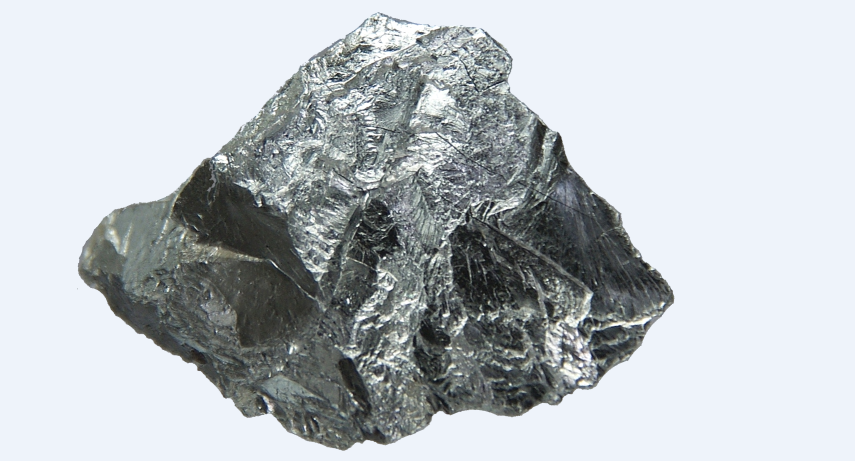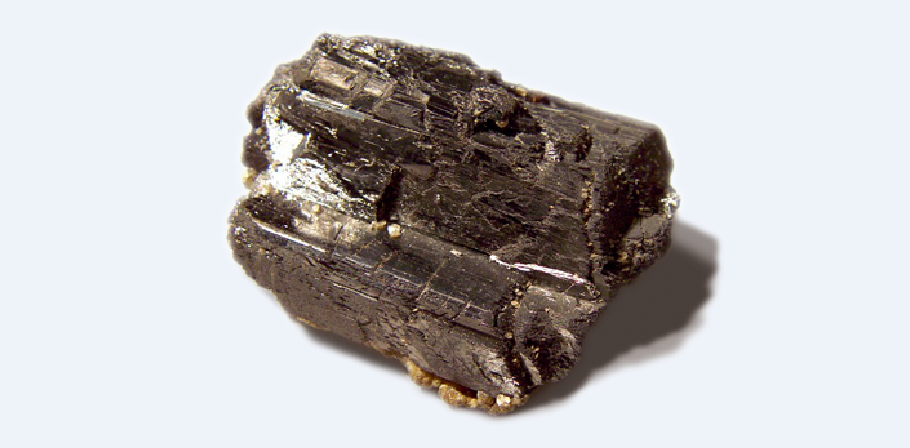What Is the Most Refractory Metal in the World?

What Is the Most Refractory Metal in the World?
In the non-ferrous metal family, tungsten has maintained the title of “High-Temperature Champion” for hundreds of years. The first person in the world to discover tungsten was the Swedish chemist Seller. He first decomposed tungstic acid with acid in 1781 to obtain tungsten. Then, after a period of arduous research, pure metal tungsten was produced in 1848. Tungsten is the most refractory metal with the highest melting point (3380 ℃).

The Most Refractory Metal in the World
In general, metals with a melting point above 1650 ℃ and a certain reserve and metals with a melting point higher than the melting point of zirconium (1852 ℃) are called refractory metals. Typical refractory metals are tungsten, tantalum, molybdenum, niobium, chromium, vanadium, zirconium, and titanium. The following video shows the refractory properties of tungsten through an experiment.
As a refractory metal, tungsten has the most important advantages of good high-temperature strength, good corrosion resistance to molten alkali metals and vapors, and oxide volatilization and liquid oxides only when the temperature is above 1000 °C.
However, it also has the disadvantage that the plastic-brittle transition temperature is high and it is difficult to plastically process at room temperature. The refractory metal represented by tungsten has been widely used in metallurgy, chemical industry, electronics, light source, machinery industry, and other departments.
The hardness of tungsten is also among the best in metals. Surprisingly, this metal with a high melting point and high hardness has rare plasticity. A 1-kilogram tungsten rod can pull up to more than 300 kilometers of tungsten wire.
The filament has a certain strength in a high-temperature environment of 3000 ℃, and has high luminous efficiency and long service life, and is a good material for manufacturing various bulb filaments.
When the incandescent lamp is lit, the temperature of the filament is above 3000 ℃. At this temperature, other metals have already melted into a liquid, or even become a gas, and only tungsten can withstand.
The biggest use of tungsten is to make tungsten steel. Tungsten steel is used to build tools that are several times or even dozens of times stronger than ordinary steel tools. Tungsten steel barrels and barrels can maintain good elasticity and mechanical strength even when the barrel is rubbed by the projectile during continuous shooting.
Tungsten: The Most Refractory Metal in the World
Tungsten (W) holds the title of the most refractory metal due to its unmatched melting point of 3422 °C (6192 °F)—the highest of any element in pure form. This extraordinary thermal resistance makes tungsten invaluable in high-temperature environments, from aerospace engines to industrial furnaces.
Not only does tungsten resist heat, but it also offers:
-
High density (19.25 g/cm³), close to that of gold and uranium
-
Exceptional mechanical strength, especially at elevated temperatures
-
Low vapor pressure, making it stable in high-vacuum conditions
-
Good corrosion resistance, particularly in neutral and basic environments
These properties allow tungsten to perform in roles where other metals would melt, deform, or degrade.
Why Tungsten Is the Most Refractory Metal in the World
Tungsten’s position at the top of the refractory metal list is the result of its unique electronic structure and atomic bonding. The metal has:
-
A strong body-centered cubic (BCC) crystal structure, which remains stable at very high temperatures
-
High cohesive energy between atoms, requiring enormous thermal energy to separate them
-
High boiling point of 5555 °C, making it stable even in extreme environments
These attributes are why tungsten is used in:
-
Rocket nozzles and nuclear shielding
-
Filaments in incandescent lamps and X-ray tubes
-
Tungsten carbide tools for drilling and cutting hard materials
-
Heating elements in vacuum furnaces
What About Other Refractory Metals in the World?
While tungsten leads in heat resistance, several other metals are also classified as refractory due to their high melting points and stability:
| Metal | Melting Point (°C) | Key Features |
|---|---|---|
| Rhenium | 3186 | Second-highest melting point; excellent creep resistance |
| Tantalum | 3017 | Highly corrosion-resistant; used in electronics and aerospace |
| Molybdenum | 2623 | Good strength-to-weight ratio; often alloyed with steel |
| Niobium | 2477 | Superconducting properties; used in MRI systems and jet engines |
Each of these metals has niche applications based on their distinct balance of heat resistance, corrosion tolerance, and mechanical strength. However, none surpass tungsten in absolute thermal endurance.
Conclusion
Thank you for reading our article and we hope it can help you to have a better understanding of the most refractory metal tungsten. If you want to know more about tungsten and other refractory metals, we can visit Advanced Refractory Metals (ARM) for more information.
Headquartered in Lake Forest, California, USA, Advanced Refractory Metals (ARM) is one of the leading manufacturers and suppliers of high-quality refractory metals across the world, providing customers with various refractory metal products such as tungsten, molybdenum, tantalum, rhenium, titanium, and zirconium at a very competitive price.
{{item.content}}
LEVE A REPLY
{{item.children[0].content}}
{{item.content}}






